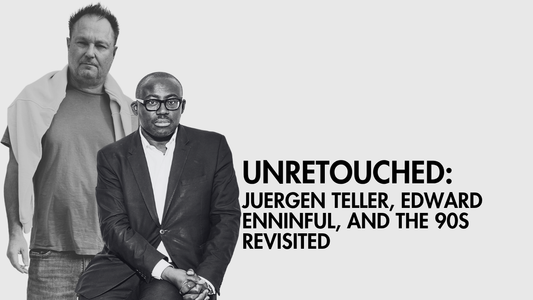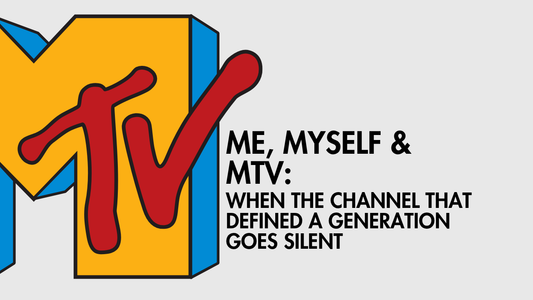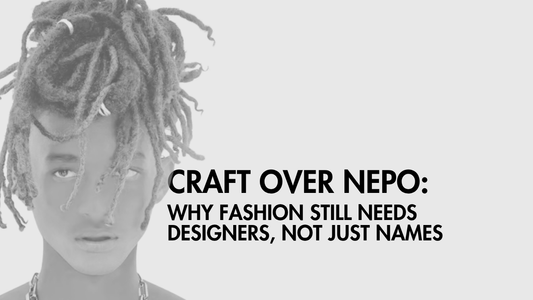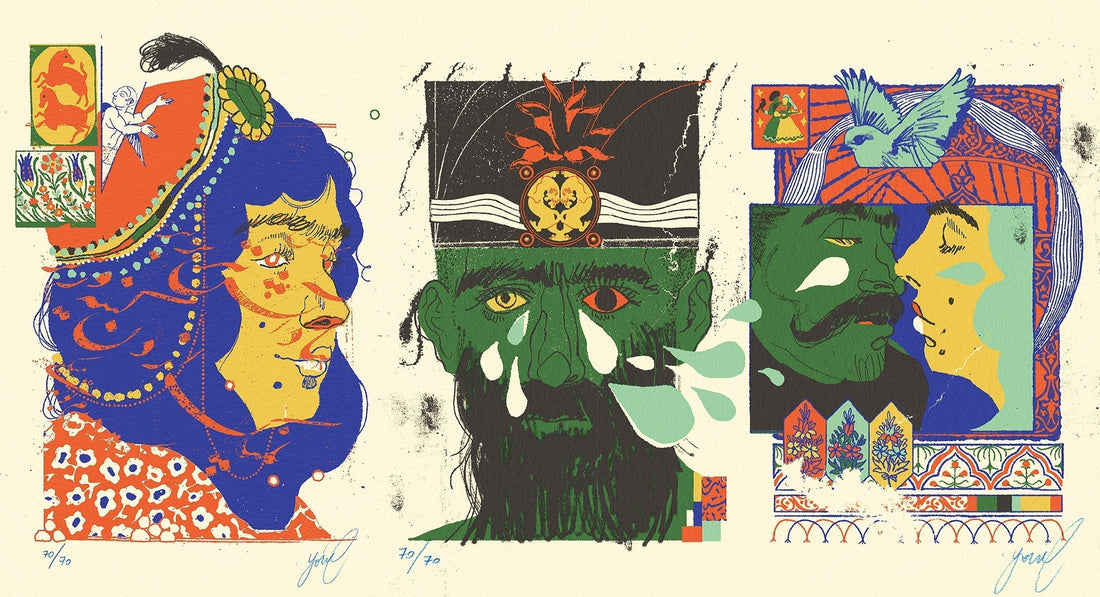
Visual Richness with YONIL
Share
Bold, layered, and emotionally charged, the work of YONIL lives at the intersection of design, music, and visual storytelling. With roots in graphic design and a deep love for punk and print culture, he has carved out a unique space that fuses digital precision with raw, analogue texture. In this interview, YONIL reflects on his creative beginnings, the restless balance between art and design, and the constant pull of new mediums that keep his work evolving.

How did your journey into the creative world begin? And when did you know you wanted to be an artist?
I’ve been drawing since I was a kid, mostly thanks to my Mom. She was a graphic designer and still one of the most talented people I know. Drawing was always there, but I never thought of it as something that would stick with me beyond just a hobby.
Things shifted in the early 2000s when I spent a few months in London. I was going to gigs every other day, punk, ska, metal, and I fell hard for the whole visual world around music. Album covers, posters, T-shirts, merch. It all just clicked.
When I got back home, I knew I wanted to study visual communication. That’s when it turned into something more serious. The move from graphic design into the art world was a slower long-term thing that started once I was already in design school.

Your work blends surrealism with graphic design. How do you balance these elements to create a cohesive piece?
That’s a tough question for me to answer. I guess it’s a skill I picked up while studying graphic design. My process usually involves a lot of back and forth, moving things around, and searching for the right composition.
I have a lot of love for both worlds, so I feel the strongest connection to pieces that bring together both design and art.
Now that I think about it, I’m not sure there’s always a perfect balance in every piece. Sometimes it leans more artistic, sometimes more design-focused. That’s actually what I love about it. It gives me the freedom to switch modes whenever I feel stuck or bored with “just designing” or “just drawing.”

Can you walk us through your creative process, from initial concept to final piece?
Let’s start with the fact that sometimes there isn’t even an idea to begin with. That’s part of it too. A piece might come from a concept, but it can just as easily grow out of a random doodle, a weird little shape I like, a line from a song, or a colour palette I saw on someone’s outfit.
Usually, I’ll start by collecting material. That might be interesting photo references, scans of text, messy old papers, torn pages from comic books or kids’ books, anything visual that fits the mood I’m trying to explore.
Next comes a kind of visual dumping. I throw everything into the mix. I add my own drawings, colours, smudges, text, tape, tears. I remove stuff, find new material, layer and unlayer until something starts to click.
Sometimes this takes a day, sometimes two weeks, and sometimes it leads nowhere. I might put it aside for months and return to it later with fresh eyes.
There’s no real formula. I still get nervous facing a blank page. That fear hasn’t gone away. But you learn to live with it and trust yourself and everything you’ve collected along the way.

Many of your pieces incorporate bold colours and intricate patterns. What inspires your choices?
It really comes down to personal taste. There’s no complex philosophy behind these choices. I just really enjoy that kind of visual richness. I like the complexity, the feeling that your eyes can wander and keep discovering new little things each time you look.
Your art often features a mix of digital and traditional techniques. How do you decide which medium to use, and which do you prefer?
I really love screen printing. It’s one of my favourite techniques. The colour separation, the way the shapes interact and complete each other, the smart use of layers. It just makes me happy, you know? I guess I’m very graphic in that sense.
But like I mentioned earlier, I also enjoy switching things up and trying new directions. Lately, I’ve been drawn more toward handmade techniques and classic drawing, combined with collage and cutouts.
I think the key word is variety. I like taking my work and pushing it into new formats that might or might not lead to something exciting and a bit different.

How does music influence your artistic process?
Just like any other form of art, music is a source of inspiration. It sparks thoughts, emotions, ideas. For me, there’s really no difference between seeing a powerful visual piece that moves me and makes me want to create, and hearing a song that does the same.
What role does storytelling play in your artwork, and how do you convey narratives through visual elements?
My pieces are usually a fragment, a moment, or a feeling taken from something. Sometimes they are a collection of elements that together define an idea, a mood, or an emotion.
I do not always know exactly what creates a connection or why a certain piece stirs a reaction in the viewer.
As someone who is pretty grounded, self-aware, and often seeks clarity, this has always been a challenging aspect of my creative process. Not knowing exactly what I am doing, not knowing how it will be received, learning to trust my intuition when I put my work out there.
Maybe I drifted a little from the original question, but to come back to it, the story, or the narrative, is more about the experience of the person looking at the art. And yes, it is important, but I do not have a formula for how to make it happen. At least not one I know how to put into words.

Looking ahead, are there any new mediums or projects you're eager to explore?
I feel like I am only beginning to explore traditional painting and creating art in the most classic sense of the term. It might sound strange. It definitely feels strange. But what excites me most right now is trying to find ways to express myself without digital tools, without computers, without printing.
At the same time, what excites me most is seeing how all these different fields exist side by side, constantly feeding into each other and shaping my work. The commercial projects, the digital drawing, the painting with brushes and paint, the screen printing. In every medium I try to push my boundaries a little further and not be afraid to try new things or change styles or be influenced by whatever or whoever.
Knowing that there is space for all the things I love calms me and gives me the freedom to experiment and let interesting things happen.

Tell us about some of your favourite projects so far.
I am extremely proud of a series of works called "The Rose and the Nightingale", which I created for an exhibition of the same name at The Israel Museum. It was a kind of visual interpretation of the historical works displayed there.
The exhibition showcased Persian art from the Qajar era in Iran between 1785 and 1925. It was an incredible experience for me, offering a glimpse behind the scenes of a major museum and a chance to freely express my own interpretations alongside amazing works that were created over a hundred years ago. It was one of those rare projects that felt like pure creative joy, making art simply for the sake of art.
Beyond that, I feel like every album I have ever worked on holds a special place for me in its own way.
As I mentioned before, music and records were the main reasons I went into graphic design in the first place.
In a world where we are always talking about the death of print and physical formats, and as a kid who grew up with tape cassettes and CDs, the fact that I still get the chance to hear, hold, and create art for records is all I ever wanted.
It was the dream and it still is.

See more of YONIL:
Instagram: instagram.com/yonil
Shop: store.yonil.com
See more of FIDA:
